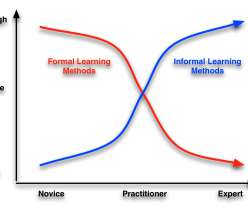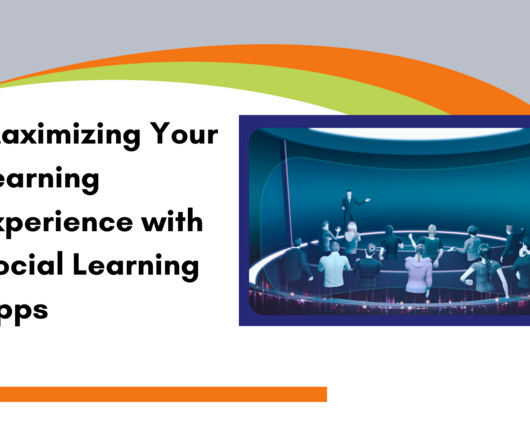The differences between social professional networks and communities of practice
Matrix
APRIL 11, 2019
There is special emphasis on developing communities of practice (both within the organization and outside it) to encourage the professional development of employees in a friendly, effective and non-invasive manner. Main difference between social and professional communities. Communities of practice focus on a subject.














































Let's personalize your content